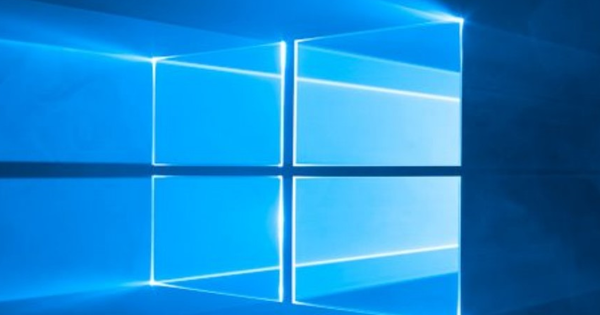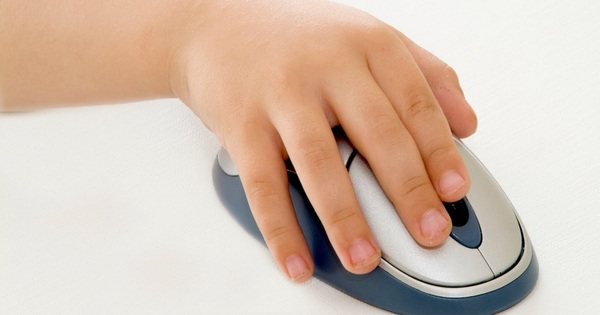Not everyone finds it useful that files you delete first end up in the Recycle Bin. Here we show you how to delete files in Windows 10 without using the Recycle Bin.
The Recycle Bin in Windows 10 (and earlier, of course) is a place where files you delete from your computer go before they're actually deleted. This is useful because it allows you to recover files that you accidentally deleted without any hassle. Also read: How to delete unnecessary files in Windows 10 in 3 steps.
Large files
Files that are too large for the Recycle Bin will be deleted immediately. If you don't want this, or if you just want the Recycle Bin to take up less storage space by accepting only smaller files, you can resize the Recycle Bin in the settings.
Right click on the Garbage can and click in the context menu on Characteristics. Here you can choose how much space the Recycle Bin should take up in total for each hard drive in your computer.
If you allocate more space, larger individual files can be stored in it, or a larger number of smaller files. The allocated space is the total space that can be taken up by all files together in the Recycle Bin.
Prefer no trash at all?
If you'd rather just delete files directly, without going through the Recycle Bin, you can.
You can do this for individual files by using the shiftkey while deleting a file. It will then not be placed in the Recycle Bin and will disappear immediately.
Would you rather have a permanent solution where files never end up in the Recycle Bin at all? Right click on the Garbage can and click in the context menu on Characteristics. Check the option Don't move files to the Recycle Bin, delete them directly and click To apply and then OK.

